Sponsored by Asuka Mura village, Nara
Asuka (飛鳥) is a place steeped in history: the first capital of Japan was established there more than 1400 years ago. This village in Nara Prefecture has now become a peaceful rural location, dotted with ancient remains that bear witness to its past grandeur: Buddhist temples, tumuli and archaeological sites from the ancient capital. It is also a dream destination for those who wish to discover nature and local agriculture, a place where a slower pace rewards travelers with discoveries that would be easily missed if you tried to cram too much into your travel itinerary.
Walking or cycling in the heart of Asuka village
The village is not very large, and it is possible to walk to its main sites. However, I advise you to rent a bicycle because there is a lot to explore in Asuka and being able to move faster allows you to leave the marked routes to explore areas off the beaten path.
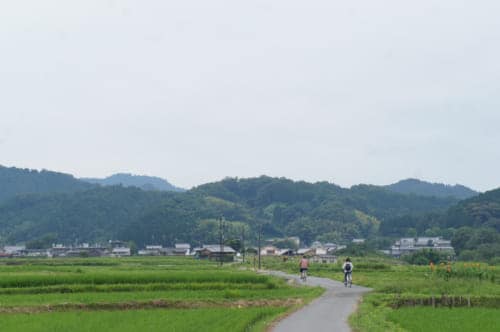
The landscapes of Asuka are protected because of their historical importance. As a result, no modern buildings are visible on the horizon. The village is full of charm and exudes a timeless atmosphere. It is not necessary to travel far from the center to discover beautiful rural Japanese landscapes: endless rows of rice fields and traditional houses along roads too narrow to be navigated by cars.
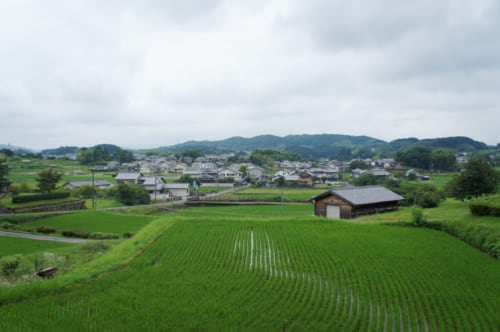
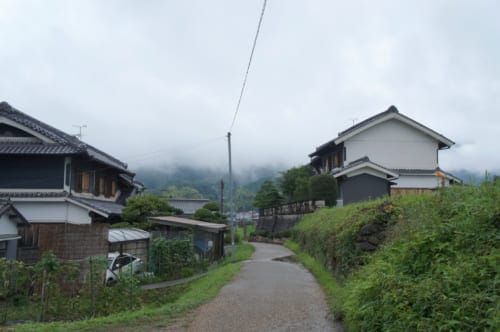
I describe the different sites of Asuka in more detail in this article on the history of Asuka.
The terraced rice fields of Inabuchi Tanada
Slightly further south of central Asuka, we reach the terraced rice fields of Inabuchi Tanada. The rice fields follow one another over a large hilly area, and the landscape changes in beauty through the seasons and times of the day. The most popular times to visit them are in early summer, when the sunset is reflected on the flooded plots, and from the middle to the end of September when they are covered with red flowers called higan-bana. At the time I visited, the fields were lush green under heavy summer rains, which did not distract from their beauty in the least.
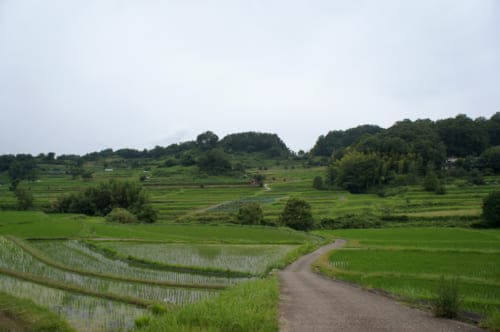
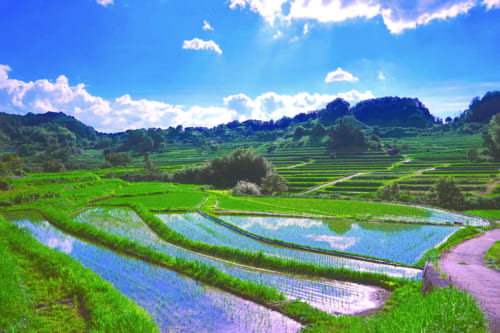
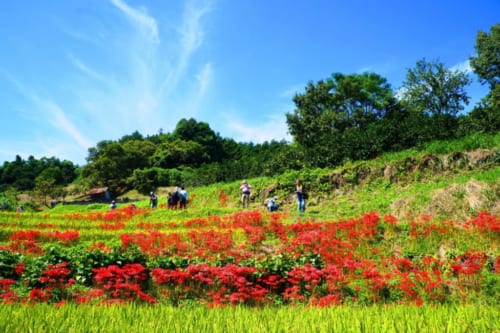
To discover the most beautiful views, don’t be afraid to leave the main road for the small paths that weave through the fields. But please be considerate of the farmers by staying on the paths and not entering private property or walking on the edges of the fields.
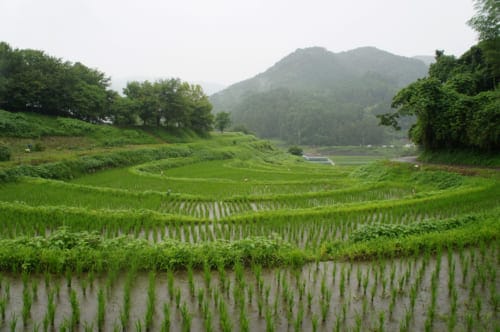
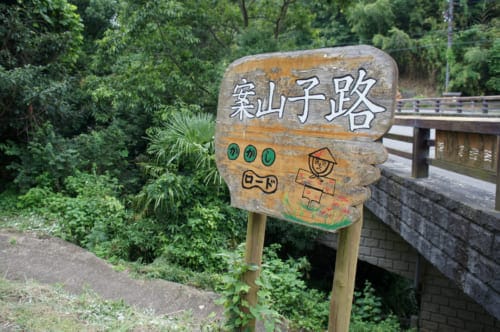
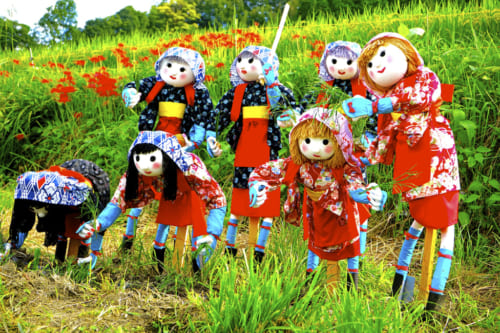
In addition to rice, Asuka strawberries are also famous, and it is not uncommon to see greenhouses on the side of the road. If you want to taste them, some farms offer visitors the opportunity to pick them themselves.
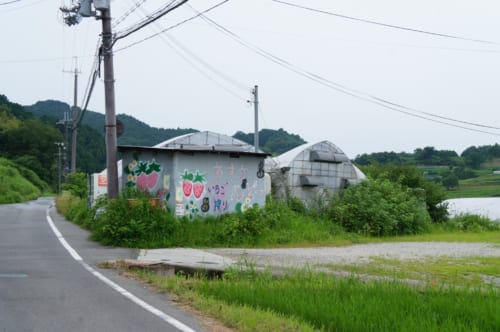
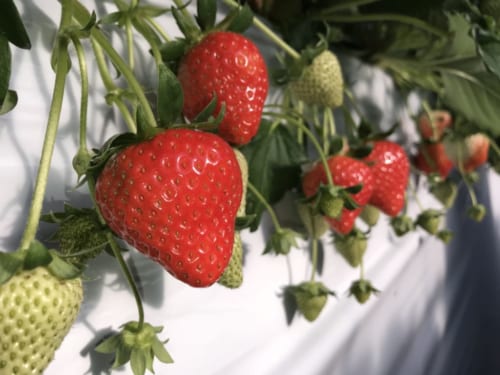
In the footsteps of filmmaker Naomi Kawase
Naomi Kawase, the director of the film Sweet Bean (An), is from Nara. One of her films, Hanezu no tsuki, is set in Asuka. When I asked the tourist office where to find the locations where the film was shot, they immediately indicated the one I had in mind: the little shrine with the big name: Asukagawajozauzutakihiuinochi Shrine. By bike, it is a short distance from the Inabuchi Tanada rice fields — I indicate the location on the map at the end of the article.
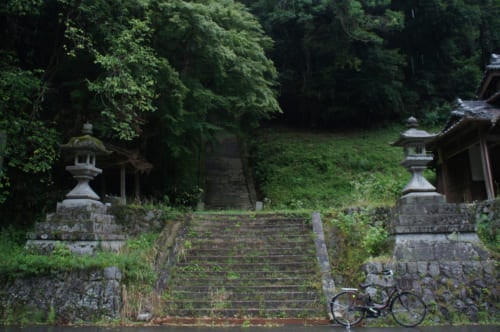
It was under heavy rain that I arrived at the foot of the flights of stairs leading up to the shrine. This small sanctuary nestled in the heights of the forest, slightly overgrown but not abandoned – as evidenced by a few cans of sake left as an offering -, exudes a breathtaking mystical charm and power. There are many small shrines like this one in the Japanese countryside, hidden away for the most diligent travelers to find.
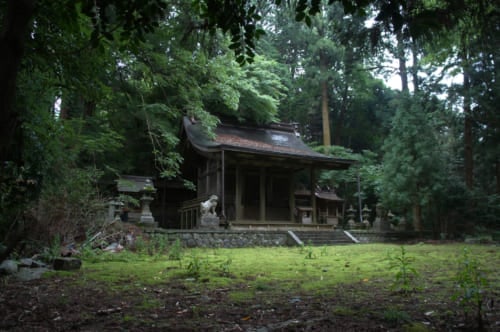
The glassmakers of Asuka: discovery of local crafts
It was in Asuka that the first glass workshop of Japan was established and the original techniques and traditions have been perpetuated to this day. There are still many workshops of glassblowers and other glass craftsmen. I had the chance to visit the village during an exhibition of their creations, but you can see them all year round in the shops and restaurants of Asuka.
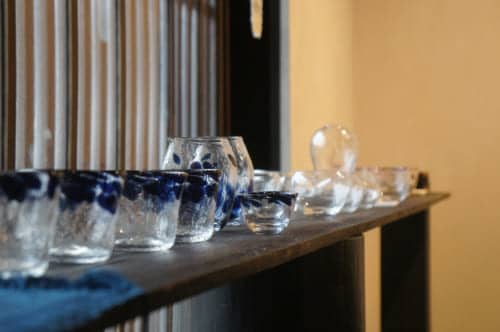
Farmstays in Asuka
When we talk about green tourism, one type of accommodation comes to mind right away: the farmstay. I had the chance to spend a night at Tomaryanse. The house, which is more than 200 years old, offers a timeless environment ideal for relaxation. A delicious cuisine is served, prepared with fresh, local produce and it is even possible to accompany the owners to work in the fields.
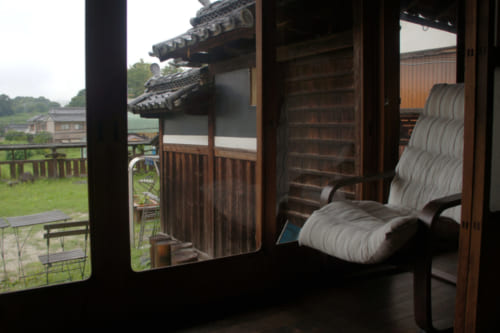
Gourmet breaks to discover local products
As you explore the Asuka countryside and its many farms, you will likely develop a desire to sample the local products, not to mention a big appetite from walking or riding a bicycle around the village.
In my two days of exploring Asuka, I came across four locations that are both restaurants and cafés: two where I had lunch, and two where I took a coffee and pastry break. Although not all the products are 100% local, in each place I was able to appreciate the quality of the cuisine and the lovely atmosphere.
• Café Kotodama (カフェことだま)
Undoubtedly Asuka’s most popular address, and we understood why after trying a delicious meal prepared with local products: a creative and subtle cuisine that blends typical Japanese flavours with Western inspirations. (lunch menu at 1620¥,). This cafe is also a shop selling crafts.
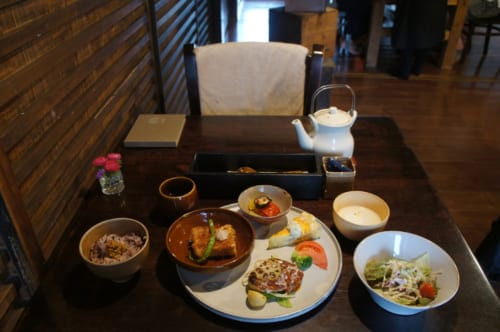
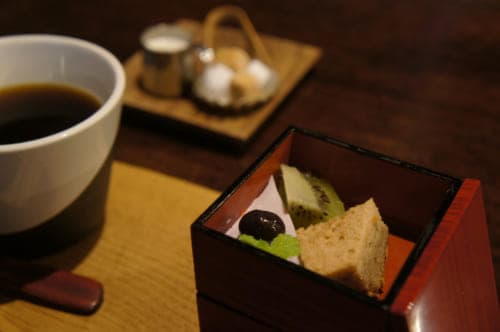
• Coffee Sanpo (珈琲さんぽ)
This small restaurant set up in an old house is a real favorite, for the cooking and decoration as well as for the hospitality. The simplicity of the meal belies the attention paid to the smallest details and to quality. Hainan chicken, a dish from Southeast Asia, is a subtly flavored treat, and the coffee is excellent. (1350¥ for lunch with coffee)
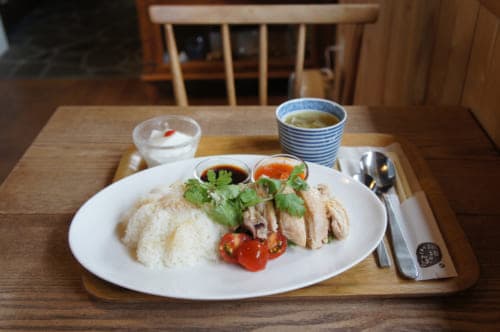
• Matsuyama Cafe
Located in an old warehouse near the station, Matsuyama is undoubtedly Asuka’s trendiest café: a spacious area decorated entirely in wood and metal, and homemade cuisine based on local products. (lunch menu at 1350¥, cakes at 480¥)
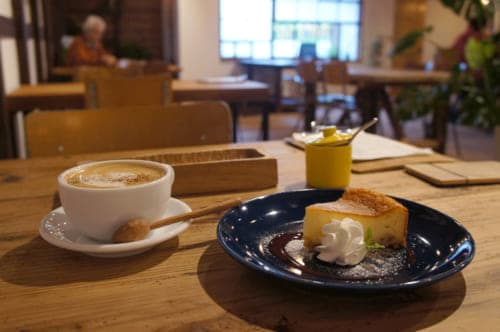
• Misono Cafe (珈琲の館御園)
Misono is a real café, serving customers near Asuka station for 40 years. The British accent decor is in fact quite typical of this type of establishment in Japan from that period. You can enjoy a coffee prepared in a siphon while relaxing to the sound of soft music. (coffee from 430¥)
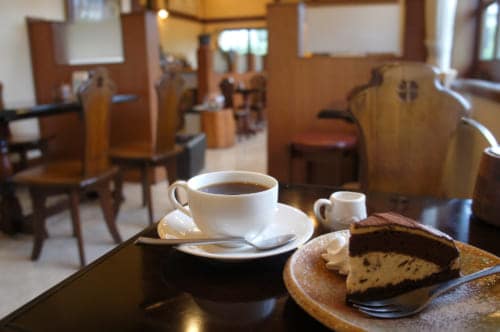
More information
More information can be found on the Exploring Asuka website and on Asuka Navi (for a consultation in English on the phone). Download the brochure “Asuka, birthplace of Japan” available in pdf.
You can also follow @asukanavi on Instagram.
I also advise you to read the copy of the “naranara” guide dedicated to Asuka, you can easily find the paper version in Asuka but also download the pdf version (in English and Japanese).
Access and transportation
Asuka is located less than 50 minutes by train from Nara. From Kintetsu-Nara station, take the limited express train to Asuka station. Asuka stations is accessible in less than 80 minutes from Kintetsu-Kyoto or JR Osaka.
In Asuka, it is most convenient to ride a bike or in a mini electric car called michimo (rental is available near the station). It is also possible to walk or use the Asuka Aka Kame bus (schedules and information here in Japanese)
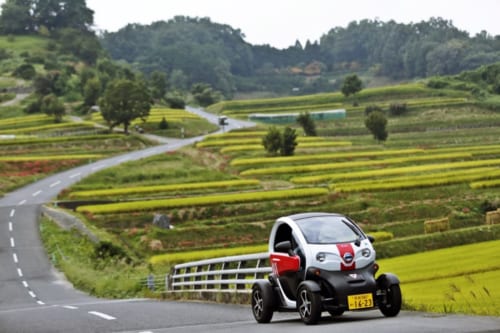
[cft format=0]
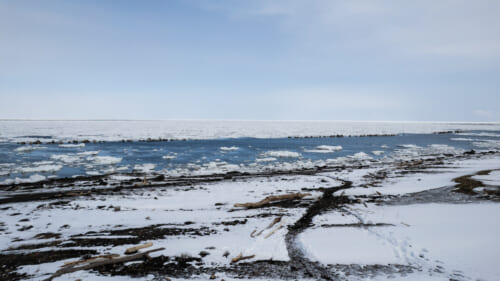
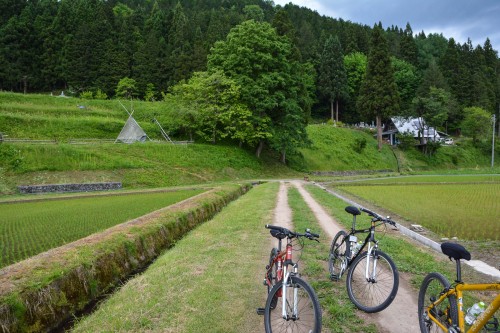
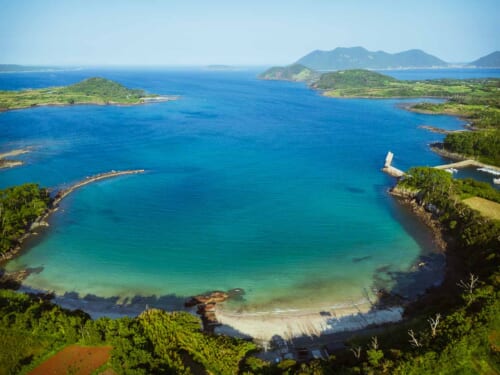
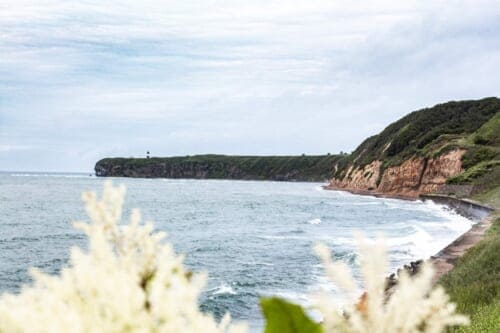
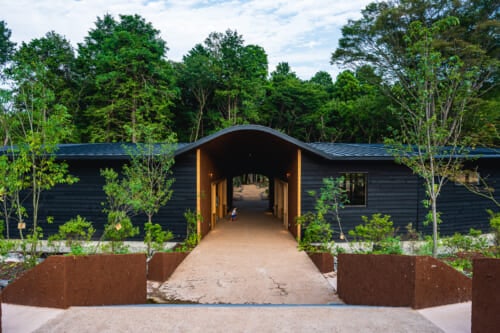
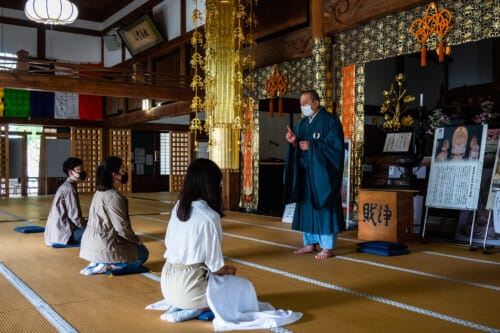
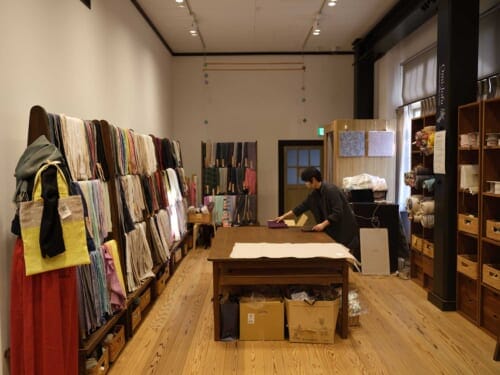
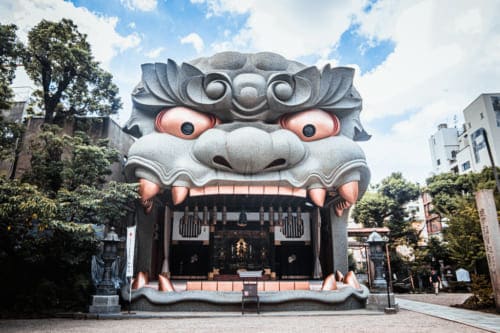
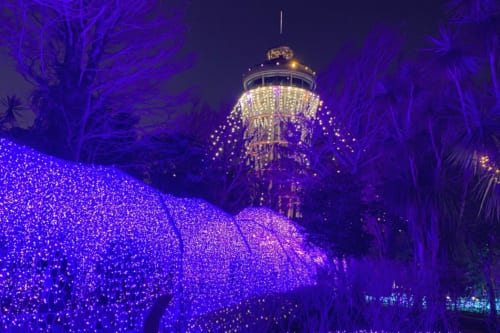
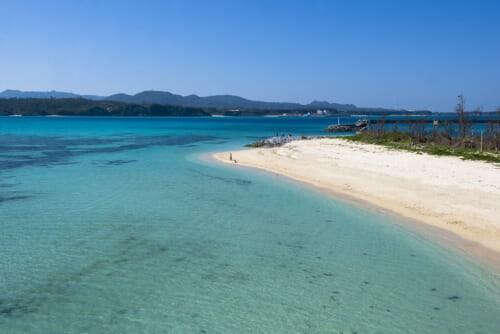
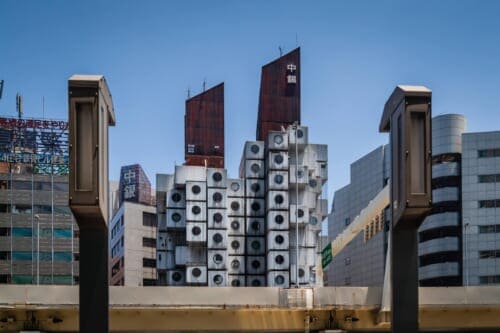


No Comments yet!